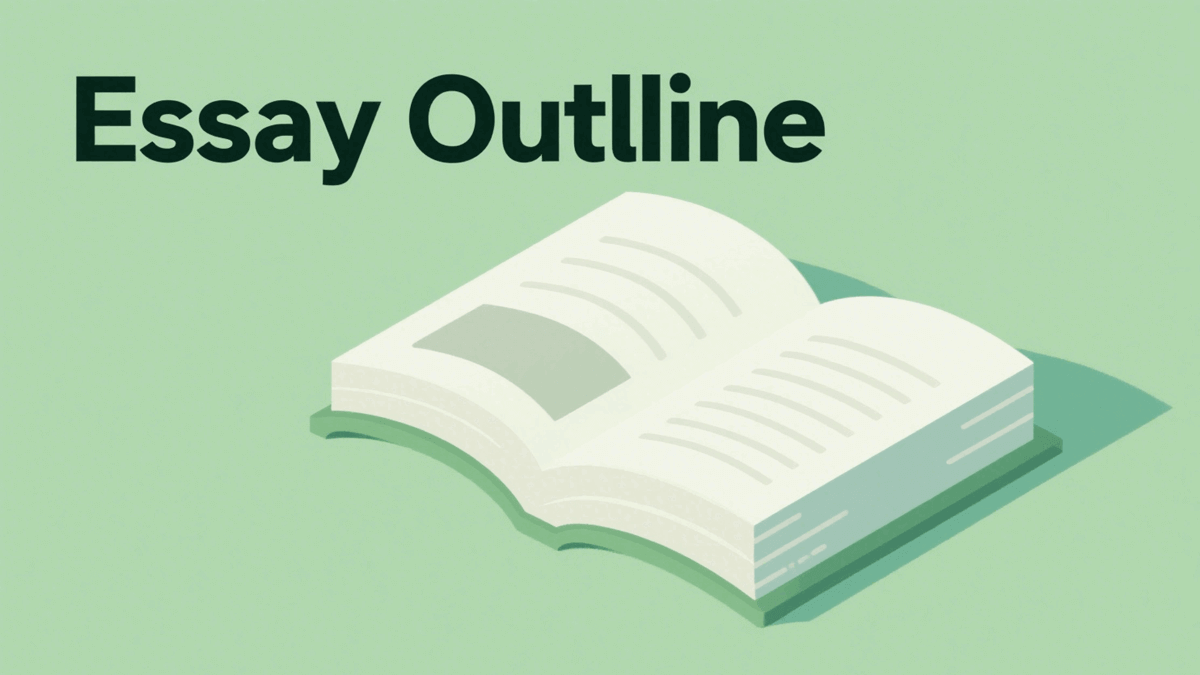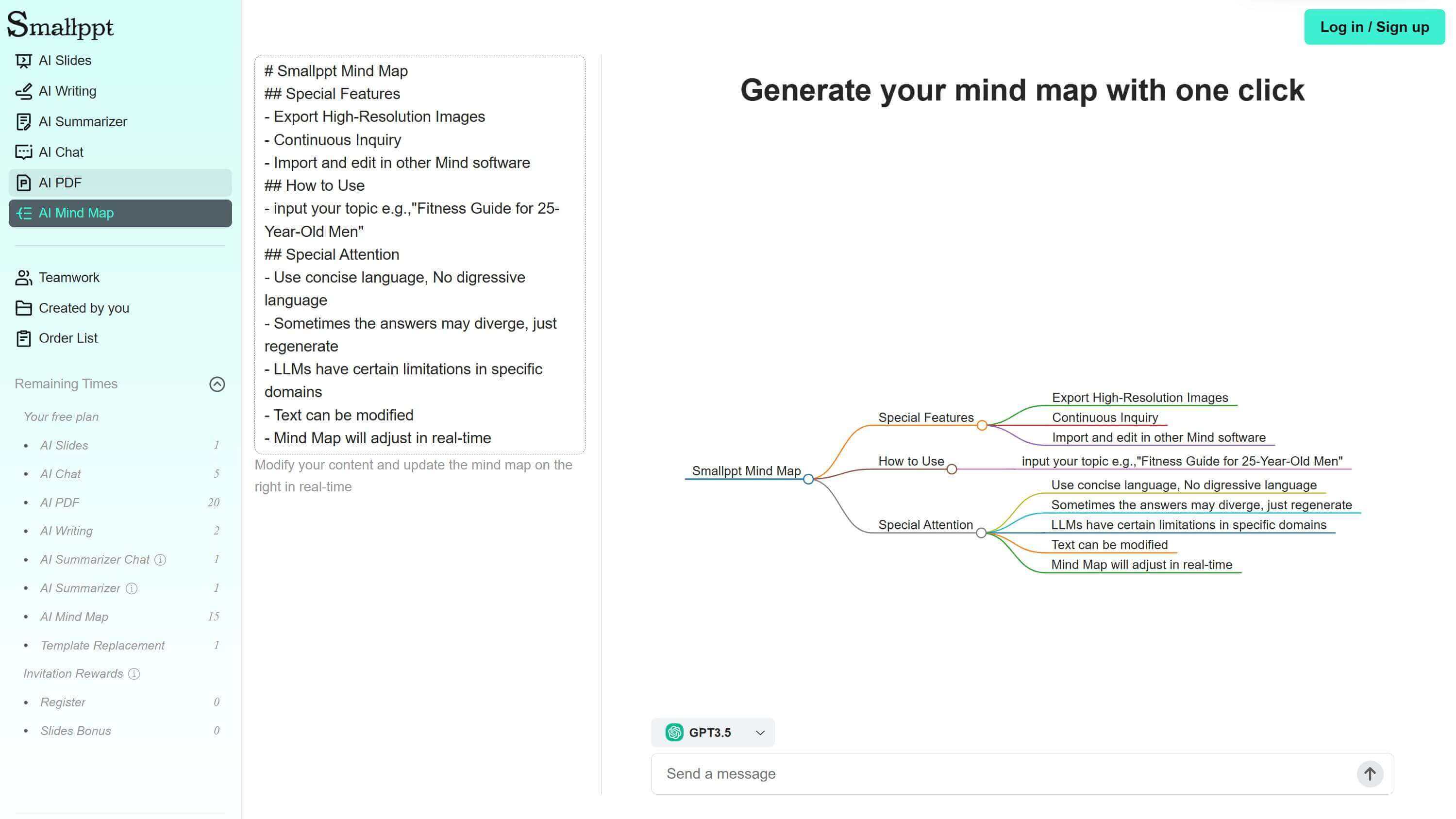
Before starting formal writing, creating a logically clear outline helps us organize our thoughts, save time during the writing process, and reduce writer's block. At the same time, it allows readers to understand the flow of your essay more easily and quickly grasp its content.
In this blog post, we will walk you through what an essay outline is and how to write one.
What is An Essay Outline?
An essay outline is a structured framework prepared before writing to plan the essay's structure, logic, and content. It helps writers clarify their ideas and ensures the essay's logical flow and coherence. An essay outline typically consists of three main sections: the Introduction, Body, and Conclusion.
The Importance of an Essay Outline
Boosts Writing Efficiency
An outline provides a clear roadmap for your writing, allowing you to develop your arguments purposefully, avoiding confusion or deviation from the topic, thereby saving time and energy and improving efficiency.
Ensures Logical Coherence
An outline helps you structure the logical flow of ideas within your essay. Moreover, during the outlining process itself, you may spot potential issues early on, giving you a chance to make adjustments and fill gaps.
Even if your writing is spread out over a long period, a well-crafted outline serves as a reliable guide. It helps you quickly recall previous content and seamlessly plan what comes next, preventing disjointed logic or coherence breaks.
Facilitates Reader Comprehension
For readers, a clear and well-organized outline offers a valuable preview. Before diving into the full text, they gain a clear understanding of the essay’s structure and main arguments.
This allows them to grasp the key points and follow the logical progression more easily, thus improving both their reading efficiency and comprehension.
Key Components of an Essay Outline
1. Introduction
The purpose of the introduction is to introduce the topic and provide readers with essential background information. Key elements include:
● Presenting the context, research problem, or central argument (thesis statement).
● Stating the essay's objectives.
● Briefly outlining the essay's structure.
2. Body
The body is the core of the essay, usually divided into several sections. Each section focuses on one main point. Key elements include:
● Main arguments (topic sentences).
● Supporting evidence (e.g., data, examples, or references).
● Explanation of how the evidence reinforces the main argument.
3. Conclusion
The conclusion summarizes the essay's key ideas and offers final reflections. Key elements include:
● Briefly restating the main arguments discussed in the body.
● Emphasizing their significance or implications.
● Addressing any limitations of your essay.
● Suggesting future perspectives or recommendations.

Steps to Write an Essay Outline
1. Clarify Your Writing Topic and Goals
Define your writing topic, research scope, writing type (e.g., argumentative, analytical), and objectives. It’s helpful to establish these before drafting your outline.
If you have no idea, you can browse existing literature or research materials to clarify and strengthen your ideas in the process. Otherwise, it will be troublesome to change the topic when writing a formal article.
2. Build the Outline Framework
Expand around the three core essay components: Introduction, Body, and Conclusion. Within the body, you can use hierarchical headings for structure.
For example:
Introduction
- Background
- Purpose, Methodology, Significance
Body Section 1
- Main argument
• Supporting evidence
• Examples or citations
Body Section 2
- Main argument
• Supporting evidence
• Examples or citations
Body Section 3
- Main argument
• Supporting evidence
• Examples or citations
...
Conclusion
- Summary of key points
- Restatement of thesis
- Further reflections or recommendations
3. Choose the Right Structure
Adapt your outline format to the essay type. The structure and format of different article types are different.
If it is informal or just written for yourself, the structure of the essay outline can be more flexible and planned according to your own habits.
For formal writing with specific structural requirements (e.g., academic papers), you must adhere to those requirements. For example, when writing an academic paper, it often includes incorporating sections like a Literature Review or Theoretical Framework within the Body.
4. Organize Your Research Materials
During the outlining stage, your ideas might still be evolving, requiring you to research further. As you navigate through materials, you can gradually refine your outline, but remember to organize all potentially useful sources systematically to avoid losing them when you write the essay.
5. Develop and Refine the Outline
Draw inspiration from other people's research materials or your own ideas to extract key ideas and arguments, and arrange them in a logical order to form the main framework of the essay.
Ensure each major point directly relates to and supports your central thesis.
For each main point, identify specific supporting elements like examples, data points, quotations, or case studies. These strengthen your paper's persuasiveness.
6. Optimize Logical Flow
Take time to review your outline as a whole and its individual sections. Check whether ideas progress smoothly and follow a clear logical order—chronological, hierarchical (most to least important), comparative analysis, or another purposeful sequence.
Make certain each section transitions naturally into the next, avoiding any gaps that could disrupt the reader’s understanding.
7. Review and Adjust
If you initially drafted your outline loosely, revisit it with fresh eyes to identify areas for optimization. Ask yourself: • Are all main arguments tightly linked to your core topic? • Do sub-arguments logically support their corresponding main points? • Is the reasoning robust and error-free? • Are all claims backed by trustworthy evidence?
Remember, your outline isn’t rigid—it’s a flexible roadmap. It guides your writing journey, but should evolve as your ideas deepen through the drafting process. Feel empowered to refine and adjust it organically as you write.
Smallppt, Streamline Your Essay Outline Journey
Struggling to craft the perfect essay outline? Feeling overwhelmed by scattered ideas and disconnected logic? Smallppt’s AI intuitively captures your needs, effortlessly untangles your thoughts, and constructs a clear framework to replace outline chaos with structured clarity.
Start a conversation with Smallppt’s AI Chat. It understands exactly what you need for your outline structure—whether for a complex academic essay or a polished business proposal—delivering professional, detailed suggestions that weave your ideas into a seamless, progressive logic flow.
Need ideas to come to life? Our AI Mind Map transforms your sparks of inspiration into a well-organized mind web. Simply share your core concept, and watch your scattered thoughts evolve into a rich stream of structured creativity.
Already written your essay? Ready to present it? Feed your finished piece to AI Slides, and it will automatically extract key content to generate a polished presentation, quickly and beautifully.

Ending Notes
Creating an outline is essential for effective writing. It keeps you focused, prevents confusion or disconnection between drafting sessions, and safeguards against veering off-topic. Follow the above steps to write an essay outline, transform scattered ideas into a structured blueprint, and make your writing journey clearer and smoother than ever.


